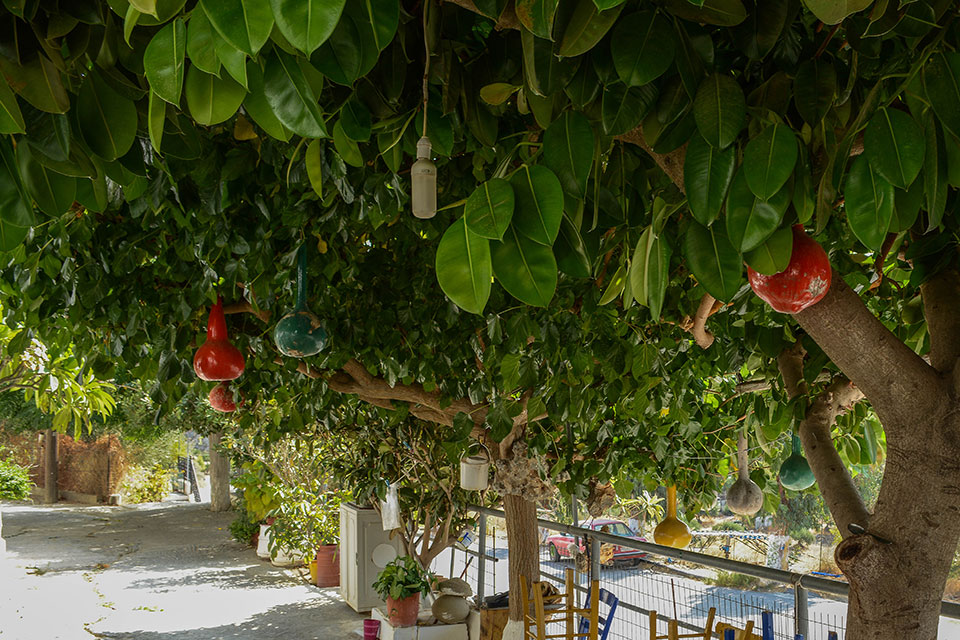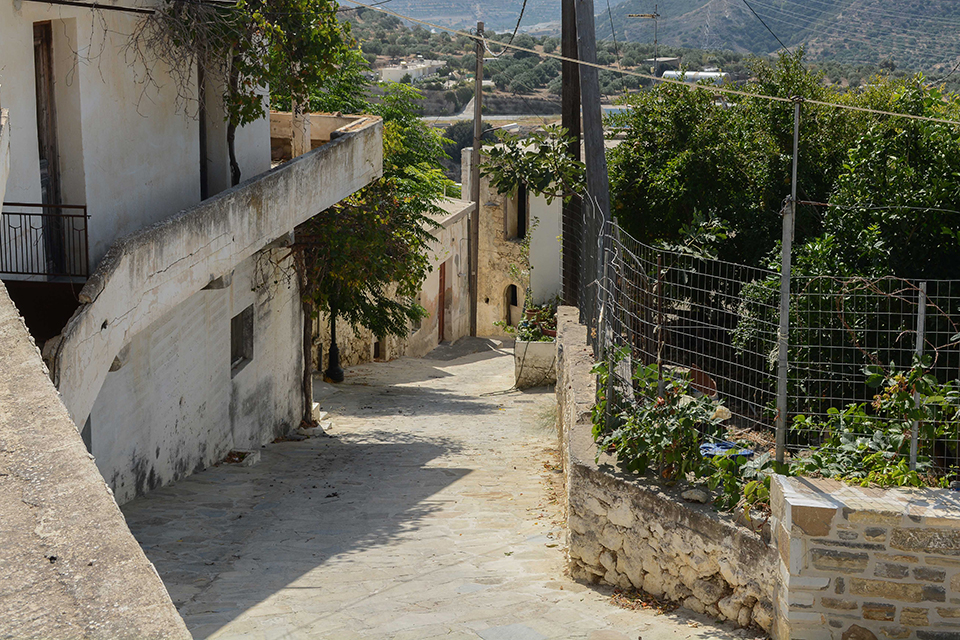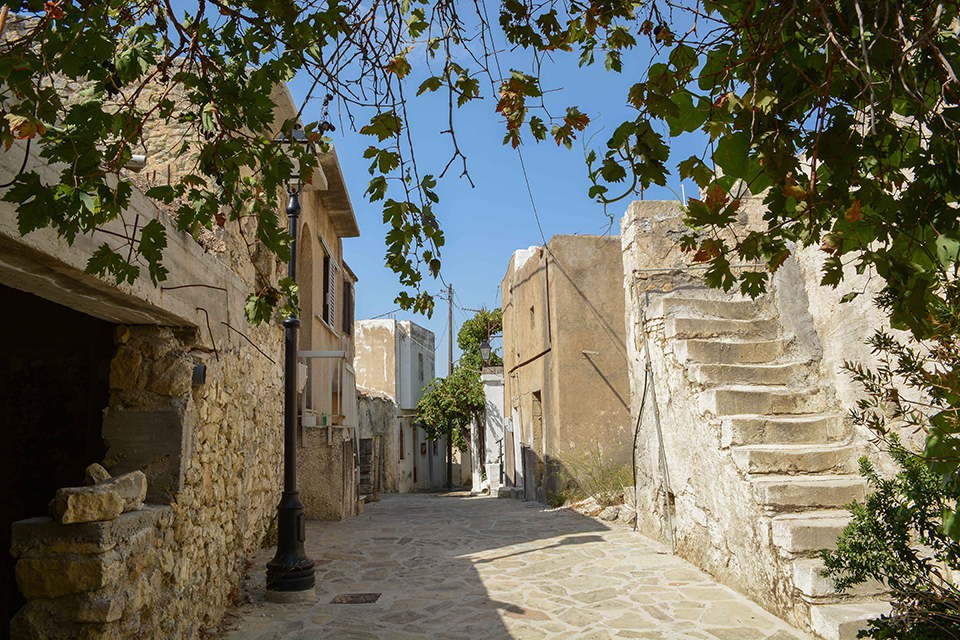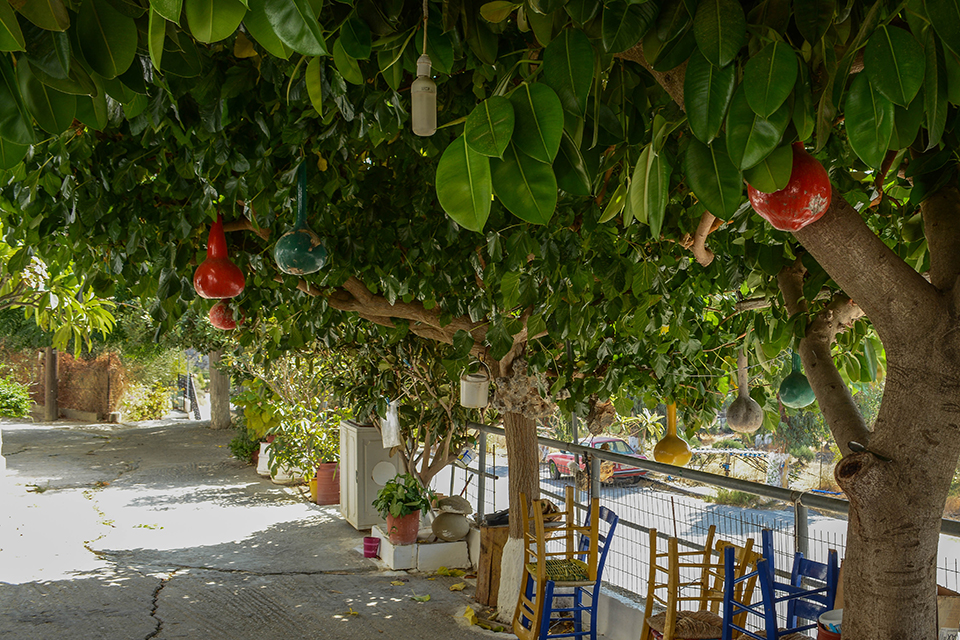The small village of 7KM, North of ierapetra, at an altitude of 212 m.
6.5 billion years ago, the area that is today the Epano Episkopi (Sitia) fish swam the seabed was replete with corals and sea shores grew rare plants including the endemic Palm of Crete that now exist only in Vai. Now at 130 meters altitude is a traditional village with rich agricultural production, famous olive groves.
The site presents huge geological interest because in Epano Episkopi (Sitia) were first discovered fossils of plants and animals that were not recorded in world literature, while the first part of which fossils show the rich geological past of Crete, for which only speculations were until then. These findings appear at various points in the rocks of the village, while there is a special collection at the natural history Museum of Crete. It is worth noting that a fossilized fish was chosen to be printed on the first Greek postage stamp which was a fossil, while occasionally several scientific teams visiting the village for studies.
The rich olive groves that thrive in the region is responsible for the development of the village in recent decades but also for its name, which it is believed that he got from a large tree, famous for the oblong shape of the fruit and its productivity in oil.
Makrilia has a rich archaeological and religious past. In and around Bellevue, distinguished buildings late Minoan era, while have been found scattered findings, among them a ydreytikos pipeline five hundred meters, elements that testify the existence of the ancient city.
North of the village once stood (it was estimated between 1000 880kai a.d.) the famous monastery of Agios Antonios monastery which housed two hundred monks in cloisters, i.e. natural and carved caves, "kalogiergospilioys" the name the locals, which remain unchanged until today. In one of them even believed that it was operating a secret school during the Ottoman period. According to the legends of the region there is a still not discovered and inside there are the treasures of monstirioy, while others believe that this cave was the birthplace of the Saturn, the father of Dion, and call it Kroneio. In 1970, the main church of the monastery was renovated and renamed to Peter and Paul.










